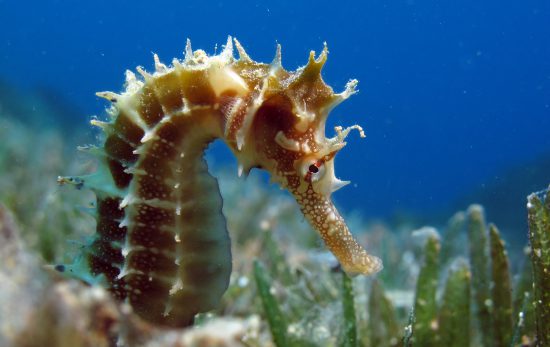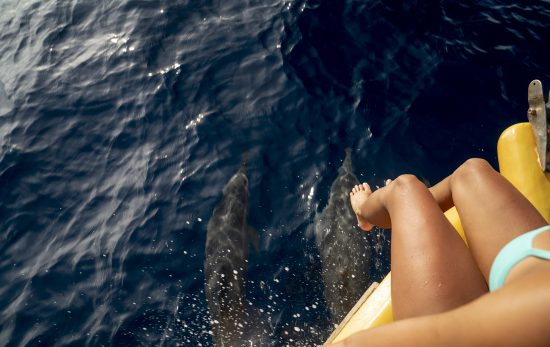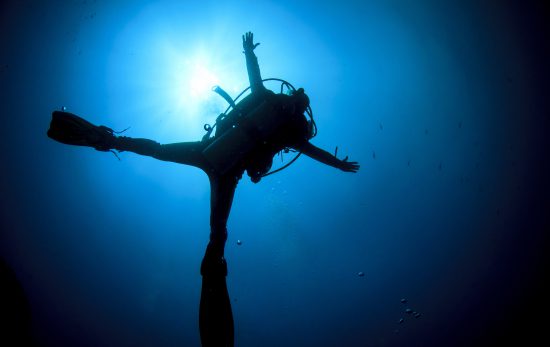Are you mad about mantas? Then you need to brush up on your manta ray facts!
A manta ray sighting is one of the most breathtaking experiences a diver can have. Watching such an enormous creature glide through the water with such grace and effortlessness, it’s easy to fall under the manta’s spell. Just don’t be surprised if, after you’ve seen your first one, you start planning your upcoming dive trips around where you can see another one.
Learn more before you meet your first manta by studying up on these facts:
A manta’s skin is covered in a mucusy film
The mucus serves as protection and a touch from human hands can remove the film, so hands off!
They are some of the largest animals in the ocean
Manta rays can weigh as much as 1,350 kg (3,000 lb) and have wingspans of up to 7 m (23 ft). Because of their size, very few aquariums can accommodate mantas, so there are not many in captivity.
Swimming is essential
Mantas have to swim constantly to stay alive – the forward propulsion flushes water over their gills.
The name “manta” comes from the Spanish word meaning “mantle” or “cloak”
…and it’s easy to see why. The common nickname for mantas, “devilfish”, was given because of their cephalic fins, which look like horns.
Manta ray’s are found in tropical and sub-tropical waters
But, there are some places where mantas tend to gather, including the Bahamas, Fiji, Indonesia, Thailand, Spain and the Maldives. The furthest north a manta has been recorded was near South Carolina in the United States; the southernmost record was around the North Island of New Zealand.
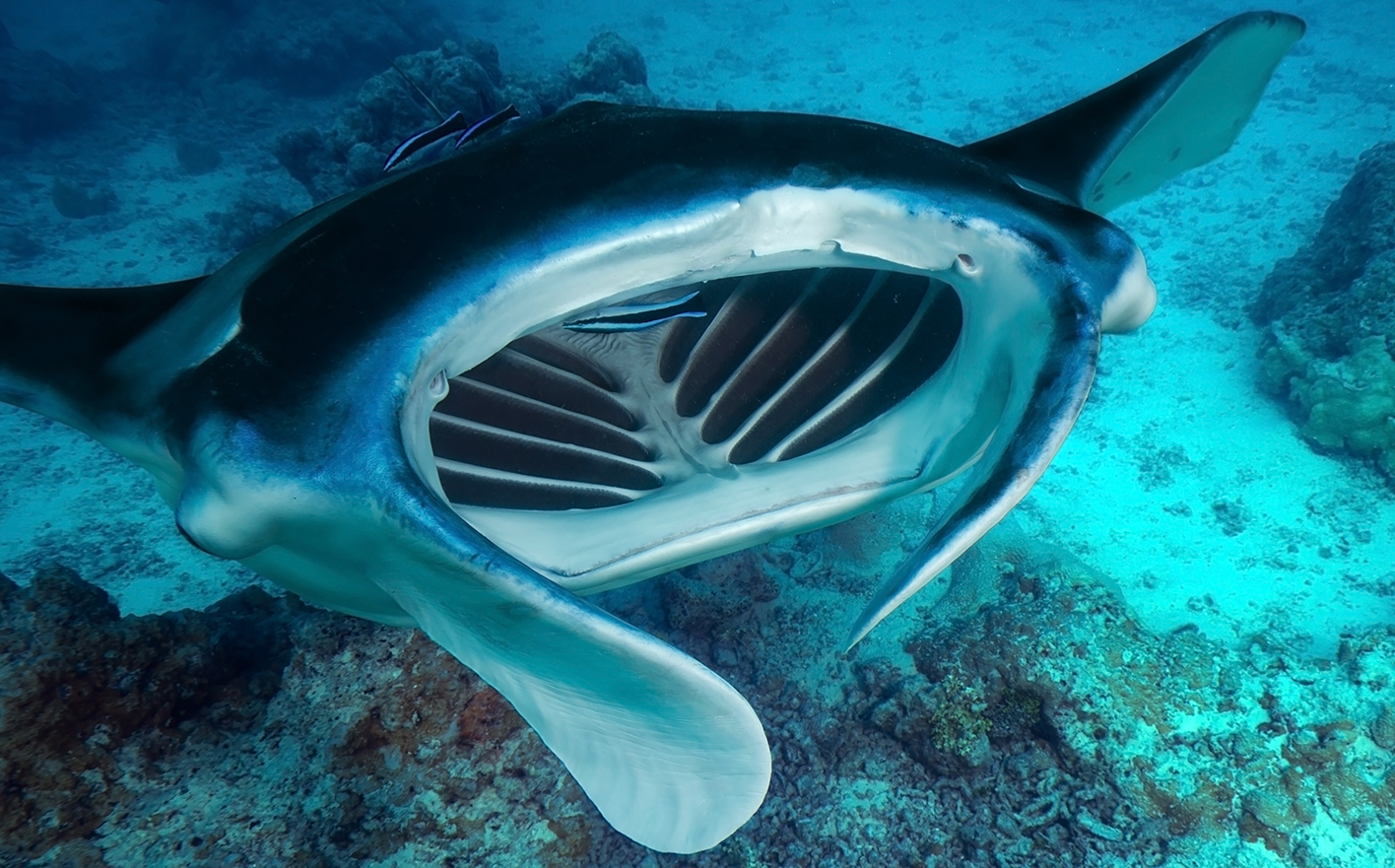
Their food is tiny
Despite their enormous size, mantas feed on tiny creatures. They are filter feeders and they typically feed on zooplankton, such as segmented worms and shrimp-like crustaceans. (The manta in the image above is not eating the little fish!)
Manta ray’s give birth to live young
Baby mantas are born looking like miniature adults, and receive no further care from their mothers. Fertilized eggs cases grow inside the mother until the pup is developed – this is estimated to take as long as one year, from mating to birth.
Mantas have large brains, relative to their size
It’s thought that their brain structure, unique among fish, might help to explain mantas social and curious natures.
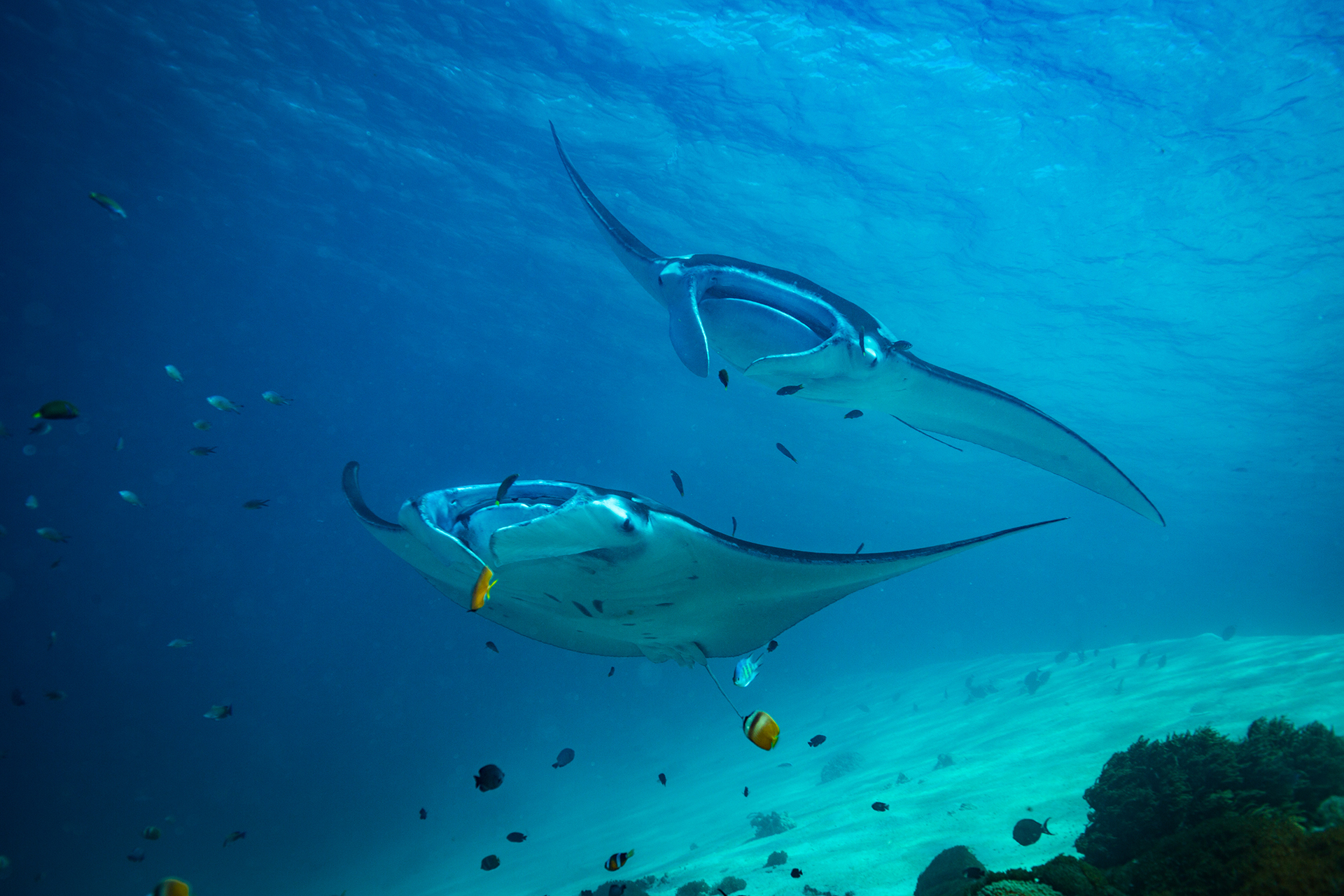
Mantas seem to love being cleaned
They’ll return over and over again to cleaning stations to have smaller fishes, like wrasses and sergeant major fish, clean them of parasites.
They’re classed as “vulnerable” on the Red List of the International Union for Conservation of Nature (IUCN).
Humans and human activity pose threats to mantas. Whether they become tangled in nets or are hunted for their body parts, we humans are more of a threat to mantas than ocean predators.
Did you enjoy these manta ray facts? To learn more about these magnificent creatures and how you can help protect them and their environment, check out Project AWARE.

